June is here (if only someone would tell the weather!), so it may be that your thoughts are turning to summer holidays! Perhaps you’re thinking about sneaking away early and beating the crowds! That’s just what Charlotte Brontë did in 1852, as we can see in today’s new Brontë blog post as we look at Charlotte Brontë in Filey.
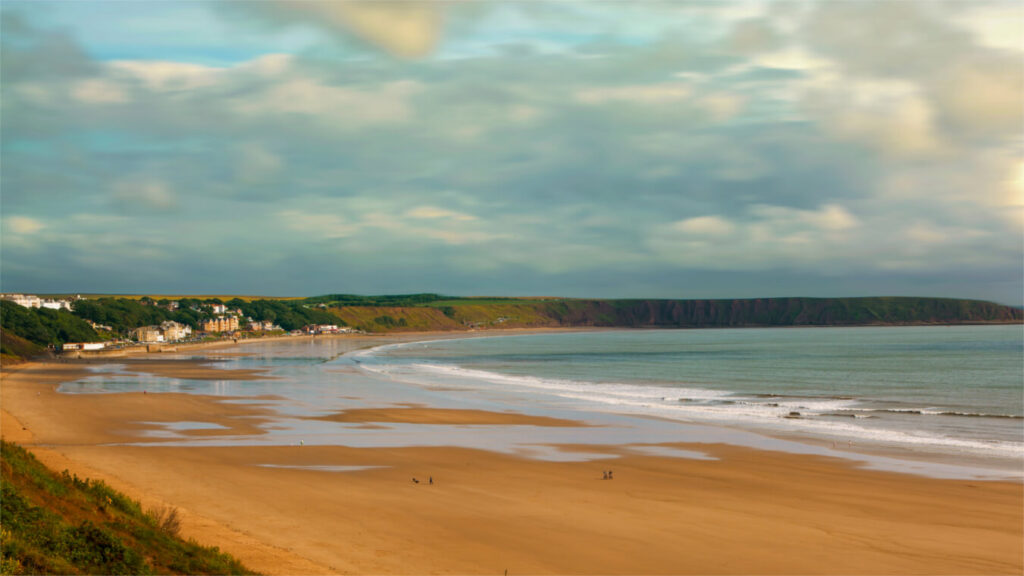
It’s the perfect day to examine this subject as it was on this day in 1852 that Charlotte Brontë wrote to her father Patrick Brontë in Haworth. Her letter was written from Cliff House, Filey and as we shall see later the building is still standing, and still remembering Charlotte. First, let’s take a look at her letter:
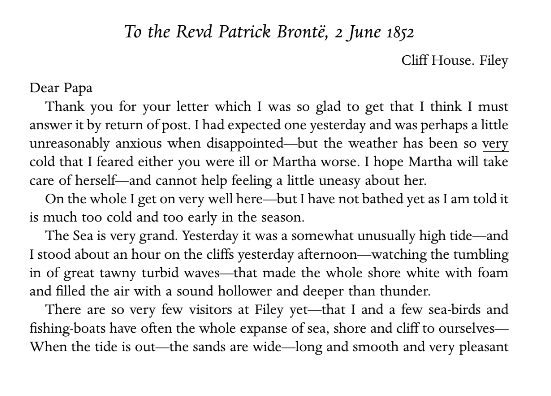
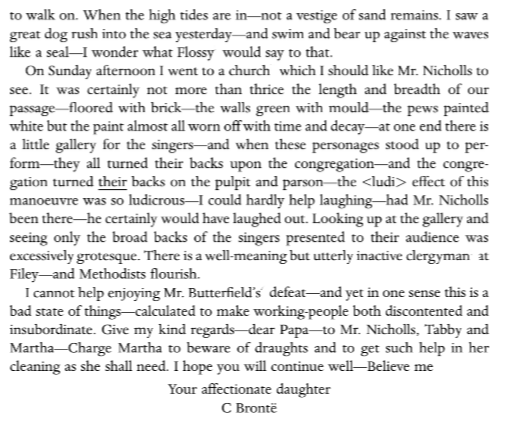
Even in 1852 Filey became busy in the hustle and bustle of mid-summer, as the east coast resorts of Yorkshire were becoming central to a new concept in English society, a concept made possible by the advent of railway travel: the seaside holiday. At this early point in June however Charlotte is free to enjoy the beach and panoramas on her own, which was much more to this very private woman’s taste.
The sea always had a powerful effect on Charlotte Brontë. On this occasion we hear that the sea is ‘very grand’ and Charlotte had stood for an hour simply watching them. Ellen Nussey gave us of an account of the first time Charlotte ever saw the sea, on an 1839 trip the two great friends had made to Burlington (now called Bridlington):
“‘The day but one after their capture they walked to the sea, and as soon as they were near enough for Charlotte to see it in its expanse, she was quite over-powered, she could not speak till she had shed some tears she signed to her friend to leave her and walk on; this she did for a few steps, knowing full well what Charlotte was passing through, and the stern efforts she was making to subdue her emotions her friend turned to her as soon as she thought she might without inflicting pain; her eyes were red and swollen, she was still trembling, but submitted to be led onwards where the view was less impressive; for the remainder of the day she was very quiet, subdued, and exhausted. Distant glimpses of the German Ocean had been visible as the two friends neared the coast on the day of their arrival, but Charlotte being without her glasses, could not see them, and when they were described to her, she said, “Don’t tell me any more. Let me wait.”’
13 years later and Charlotte was at the Yorkshire coast for a much more sombre reason. She had returned to Scarborough, 8 miles north of Filey, to visit the grave of her beloved sister Anne Brontë for the first time since her death in 1849. Charlotte was horrified to see a succession of errors on Anne’s headstone, and paid to have them corrected but one still remains: the stone still declares that Anne was 28 at the time of her death, when she was actually 29.
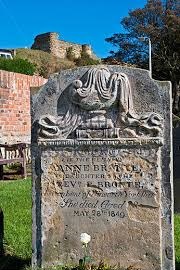
Retreating from Scarborough to Filey, Charlotte was alone with the sea, with the seagulls, with the crashing waves, with her memories of those awful days exactly three years earlier. The days when she had travelled from Haworth to Scarborough with Anne (joined by Ellen Nussey en route) but returned to Haworth alone and broken-hearted. Nevertheless, it is telling that there is something, or someone, who has lifted her spirits.
After encountering a farcical little church where congregation, singers and ministers turned their backs on one another (it seems likely to me that this was the tiny Speeton church between Filey and Flamborough) she wishes that Arthur Bell Nicholls could have seen it – and how he would laugh! This is perhaps the only time that we hear of Arthur being humorous and fond of laughing, and the first time we get a glimpse of a growing affection between Charlotte and Arthur. Perhaps it was this that led to Arthur proposing to Charlotte at the close of that year? He was soundly rejected, but in 1854 they were married.
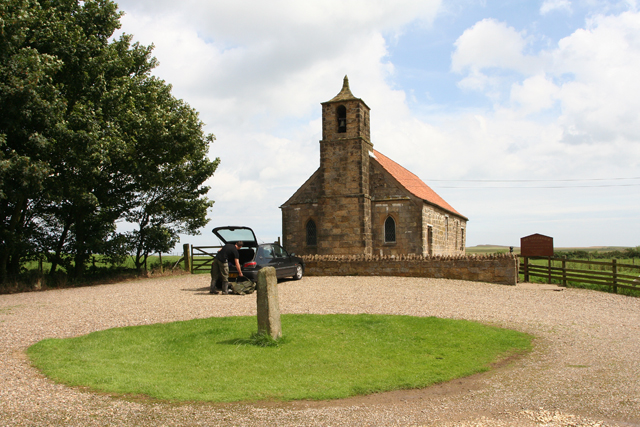
The east coast resorts made a huge impact on Charlotte’s life, and we can see the impact the sea had on her in her brilliant final novel Villette. The sea is almost a character in itself – it is wild, it is life-affirming, it is powerful, it is deadly. Charlotte Brontë would not forget Filey and Filey has not forgotten her. Cliff House, the place where Charlotte stayed in 1852 and from where she wrote the above letter to her father, is now called “Charlotte’s”.
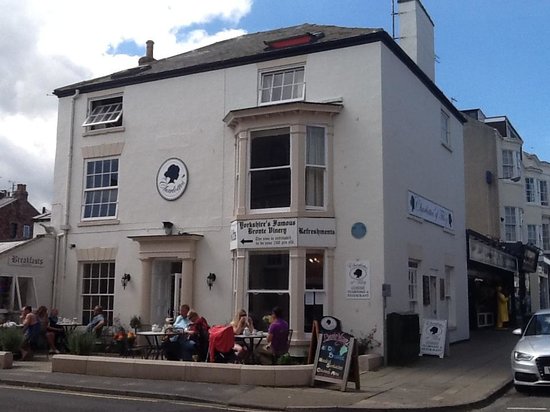
I hope you can join me next week for another new Brontë blog post.
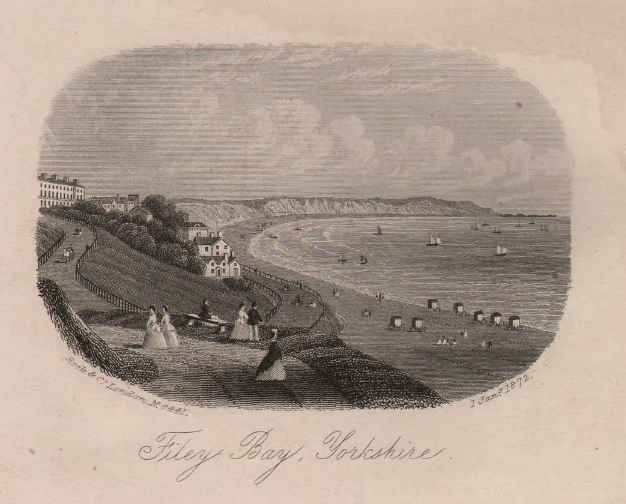
Remember Nicholls’ response to reading the clergy scene in Shirley? How he roared laughing at its caricature of himself!
Her visits to the seaside certainly made a huge impact on Charlotte, which makes one think of how much we take for granted these days. She was an adult before she even saw the sea, which in today’s world would be thought strange.
It’s sad to think of her at Filey alone, with all the memories that she must have had, and with concerns about her father and Martha’s health, back in Haworth.
We arrived in Filey on 2 June 2024 for a 2 night stay. Checking into our hotel room and looking out at the sea and sky I wanted to remind myself when Charlotte had stayed in Filey following Anne’s death.
I found this web page and saw that Charlotte’s letter to her father had been written on this day 172 years ago.
We walked down to the beach and along the sand, thinking that the Brigg, the sea and sky will look and sound much as they did all those years ago when Charlotte looked out at them and wrote about the experience.
Very pleased to find this website.
Thanks Ian, and I hope you enjoyed your stay in Filey!